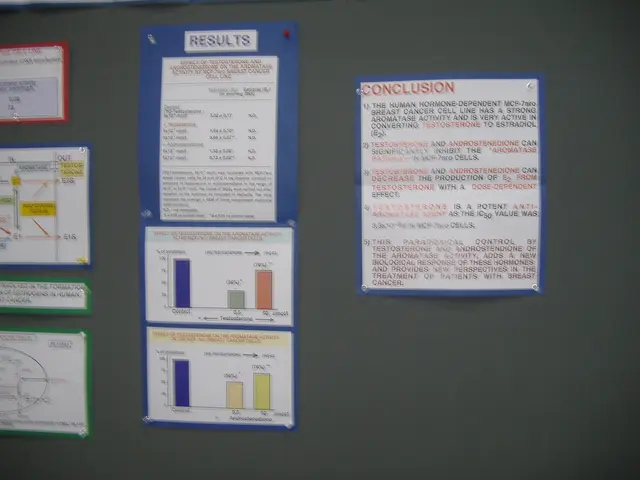Large metropolises across the United States are subsiding, according to new research.
In a recent study published in Nature Cities, it has been revealed that excessive groundwater extraction is the primary cause of land subsidence in major U.S. cities. This human-driven process, where soil compacts and the Earth's surface sinks, is causing concern across the nation, affecting both coastal and inland regions.
The study, which used satellite data to map vertical land movement in the U.S.'s most populated cities, found that at least 20% of land area in every studied city is sinking, and in most cities, over 65% of land is affected.
The effects of land subsidence are far-reaching and pose significant risks to infrastructure and residents. Infrastructure damage such as cracked pavement, uneven sidewalks, and damaged building foundations are common issues. The lowered land surface also increases the risk of flooding, especially in coastal cities facing sea level rise.
For example, in Phoenix, 1.4 million people are already affected, with thousands of buildings at medium to high risk of damage. Houston, which has the fastest rate of subsidence, with over 40% of its land dropping more than 0.20 inches (5 millimeters) every year, is also particularly vulnerable.
The study also highlighted that some sinking areas are still recovering from the bulging caused by long-gone ice age glaciers in North America's interior. The uneven movement (differential motion) can endanger infrastructure by causing buildings to tilt.
The researchers determined that groundwater extraction is responsible for 80% of the documented subsiding. Other factors, such as the monumental weight of buildings, as seen in New York, also contribute to some cities' land movement.
The study suggests that mitigation efforts, such as land raising, building retrofitting, and updated construction codes, could be implemented to address subsidence issues. One in 45 buildings in San Antonio, one in 71 in Austin, one in 143 in Fort Worth, and one in 167 in Memphis are at high risk due to subsidence.
Leonard Ohenhen, the lead author of the study, stated that as cities continue to grow, more cities will expand into subsiding regions. The authors of the study argue that the phenomenon of groundwater extraction causing subsidence will worsen in some areas due to population growth and climate-driven droughts.
The researchers hope their study will inspire a push for these mitigation efforts, ensuring the safety and stability of our urban areas for future generations.
[1] Ohenhen, L., et al. (2022). Widespread urban land subsidence in the United States driven by excessive groundwater extraction. Nature Cities. [2] National Geographic. (2022). Why cities are sinking, and what we can do about it. [online] Available at: https://www.nationalgeographic.com/science/article/why-cities-are-sinking-and-what-we-can-do-about-it [3] The Guardian. (2022). America's sinking cities: how groundwater extraction is causing subsidence. [online] Available at: https://www.theguardian.com/us-news/2022/mar/04/americas-sinking-cities-groundwater-extraction-subsidence [4] The New York Times. (2022). America's Sinking Cities. [online] Available at: https://www.nytimes.com/interactive/2022/03/04/climate/americas-sinking-cities.html [5] CBS News. (2022). Study finds nearly half of U.S. cities are sinking due to groundwater extraction. [online] Available at: https://www.cbsnews.com/news/study-finds-nearly-half-of-us-cities-are-sinking-due-to-groundwater-extraction/
- The study published in Nature Cities revealed that excessive groundwater extraction is a major cause of land subsidence in numerous U.S. cities.
- The researchers found that at least 20% of land area in every studied city is sinking, and in many cities, over 65% of the land is affected.
- The authors of the study argue that the phenomenon of groundwater extraction causing subsidence will worsen in some areas due to population growth and climate-driven droughts.
- The study suggests that implementing mitigation efforts, such as land raising, building retrofitting, and updated construction codes, could help address subsidence issues in urban areas for the health and wellness of future generations.




